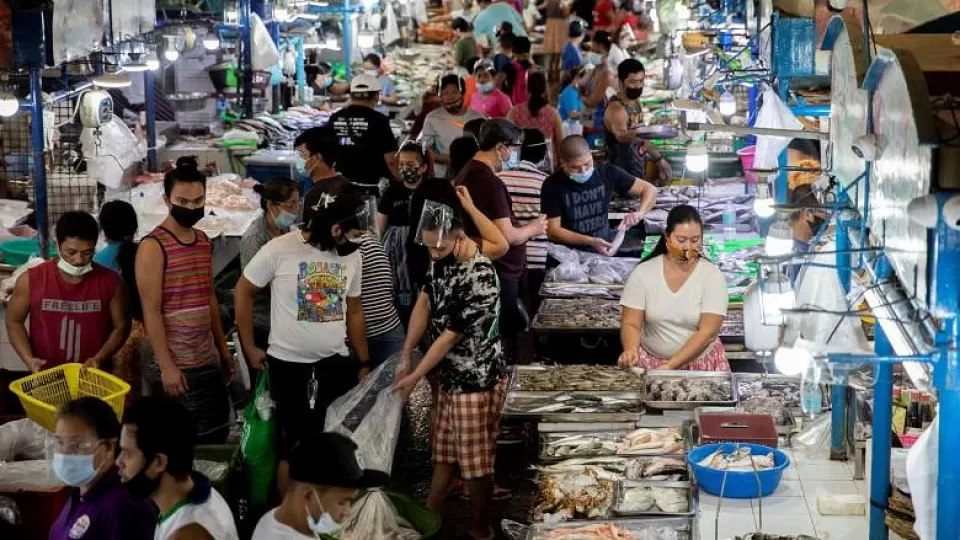June 10, 2022
MANILA – Consumers will feel more of the food crisis toward the last few months of 2022 as the months-long standoff between Ukraine and Russia continue to disrupt the shipment of food items across the globe, the Department of Agriculture (DA) said.
“We will feel more of that [food crisis in] the last quarter of the year. That’s when you can feel most of the impact,” Agriculture Secretary William Dar said at the Laging Handa public briefing.
Earlier, Dar urged the United Nations Food and Agriculture Organization (FAO) to ensure unimpeded movement of food products as some countries already restricted the exportation of agricultural commodities due to the Russian invasion of Ukraine.
Dar, in a letter to FAO Director General Qu Dongyu, appealed to the FAO to “spearhead another global appeal to various countries to keep unhampered the movement of food and agricultural inputs as part of the global effort to build more efficient, inclusive, resilient, and sustainable agriculture and food systems.”
According to a live tracker developed by international agricultural research center International Food Policy Research Institute (IFPRI), some 20 countries have imposed export restrictions on food products.
“The Philippines, being import-reliant as local food production does not fully meet population demand, is most vulnerable, along with other developing countries,” the DA said.
It noted that inflation and food security worldwide reached alarming levels since the outbreak of the Russia-Ukraine war, triggering large spikes in prices of wheat and other important commodities such as oil, fertilizers and grains.
“As the war continues, there is a growing likelihood that food shortages, particularly of grains and vegetable oils, will become acute,” the IFPRI said in a statement.
Dar said one way of addressing the looming food crisis is to scale up local production. The DA launched in March this year the “Plant, Plant, Plant” Program Part 2, meant to counter the impact of the Ukraine-Russia crisis and the ongoing coronavirus pandemic.
This food security program, Dar said, would bolster domestic food production for major commodities in the country. The bulk of the budget for this initiative went to fertilizer subsidies amounting to P20 billion, which would help agricultural producers alleviate the burden of rising farm input costs.
According to the latest data from the Fertilizer and Pesticide Authority, the average price of urea has soared to P2,992.08 per 50-kilo bag from May 30 to June 3 against P1,179.61 per 50-kilo bag in the same period last year.
The agency said it is in full swing to produce and scale up Bio N, a microbial-based fertilizer as a cheaper option to commercial chemical fertilizers which prices continue to swell.
It was developed in partnership with the University of the Philippines Los Baños National Institute of Molecular Biology and Biotechnology.
“Given the exigencies of the times, we have to massively promote the use Filipino-developed technologies to enhance crop productivity and incomes of our farmers and fishers,” said Dar.
“Five to six sachets of Bio N can replace two 50-kg bags of urea per hectare planted to rice. The total fertilizer cost would mean P11,294 at the average of four bags/hectare. With Bio N, priced at P100 per sachet, rice farmers could save P10,694 per hectare for utilizing five to six sachets,” he added.


